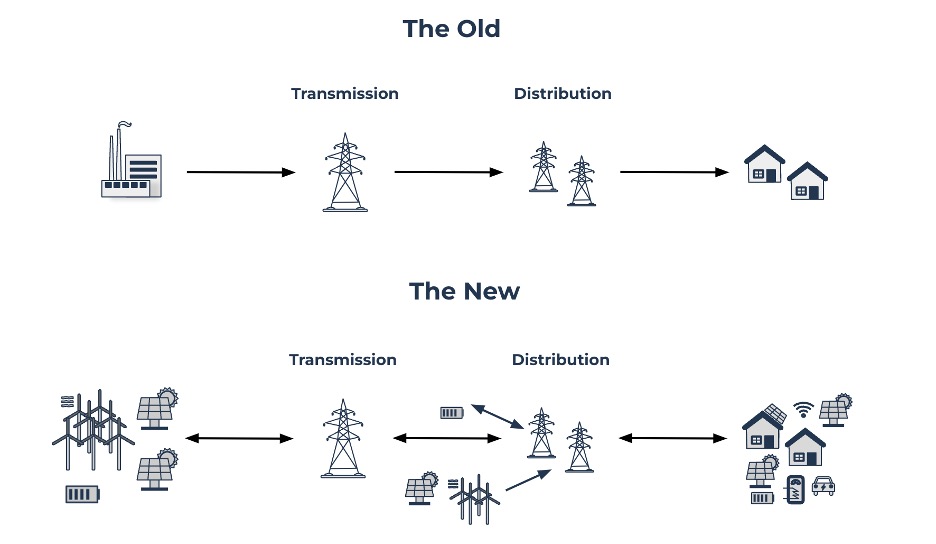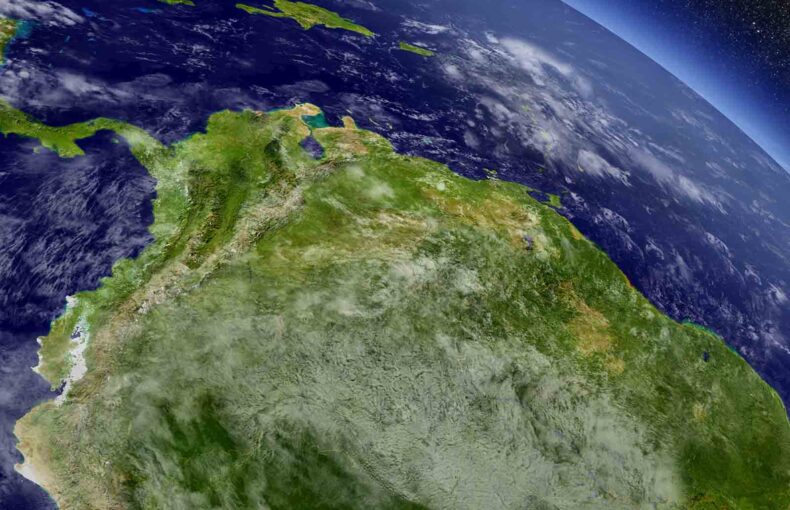rebase.energy: Building the world’s first open and collaborative energy modelling platform
Wind and solar made up 12% of the world’s electricity in 2022.
The latest Renewable 2022 Global Status Report shows that the global shift towards renewable power is happening now, but not as quickly as had been hoped for.
Even though more than $366 billion has been invested in renewable energy, securing 69% of all investments dedicated to new power sources in 2022, the expansion of renewable energy sources falls short of the surging global energy demand following the post-pandemic era and the Russian invasion of Ukraine.
Although subsidies, government spending, investments, and programs will play crucial roles in the long term, effective energy system planning and optimization can maximize our utilization of existing renewable energy assets and pave the way for a gradual transition to full renewables by 2050.
Spire is committed to nurturing partnerships within the renewable energy sector, which is why we’ve teamed up with Rebase, an emerging leader in renewable energy modelling. Rebase specializes in the development of a state-of-the-art platform for forecasting and simulating distributed energy resources.
“The partnership with Spire complements our offering within power forecasts well, where quality data is crucial for accuracy,” shares Karl Thunell, Chief Commerical Officer of rebase.energy. “With their development and improvement of weather forecasting models, we can offer customers in the energy space premium services for the highest performance.”
“The partnership with Spire complements our offering within power forecasts well, where quality data is crucial for accuracy. With their development and improvement of weather forecasting models, we can offer customers in the energy space premium services for the highest performance.”
Share on Facebook Share on Twitter Share on LinkedIn
Improved energy modelling accuracy by 20% through advanced data and modelling techniques
In a recent conversation with Karl Thunell, we delved into the critical role of weather data in energy modelling. As the transition to green energy gains momentum, the reliance on renewable sources like Solar PVs and Wind power continues to grow. However, these assets are inherently intermittent and highly weather dependent. To seamlessly integrate them into a broader energy grid, accurate power generation predictions become imperative.
Rebase, a pioneering energy platform that promotes open-source and enhanced collaboration for data scientists, is at the forefront of this transformation. Rebase distinguishes itself by being ‘open,’ with algorithms that are predominantly open-source and accessible to all businesses and stakeholders eager to deploy or enhance weather forecast technology. Their platform comprises three fundamental components: the Application or Interface, the Open-source model, and Data.
Effective energy modelling hinges on the availability of accurate weather data, making its role pivotal in this domain. The principle seems straightforward: the more data at Rebase’s algorithm’s disposal, the more precise their forecasts should be. However, reality paints a more intricate picture.
“The weather can vary quite a lot when we look at the geography, especially in the short term. Since we wanted to launch internationally from the start, it was about finding the best source for each geography. We wanted to apply as much data as possible, but since that was not the case, we had to settle for using the best data sources to run the best models at each specific location.”
In an ideal scenario, Rebase would possess an exhaustive repository of weather data, providing them with the resources needed to attain a perfect 100% accuracy rate. However, the current landscape presents a contrasting reality. Despite employing advanced data analytics and modelling techniques, the company currently attains a commendable 20% accuracy rate. This 20% accuracy, although not flawless, represents a substantial enhancement. It underscores Rebase’s strategic methodology of fine-tuning data sources according to specific geographical regions, an approach that proves effective even in the face of elusive complete data coverage.
Access to AI-driven energy forecasting for all energy stakeholders
rebase.energy collaborates with a diverse range of partners, including energy traders, distributed energy resources management companies, aggregators, District Heating Operators, and Energy Service Providers. Each of these entities benefits uniquely from Rebase’s energy modelling expertise and platform. Here’s a structured overview of their specific use cases:
Energy Traders:
Energy traders rely on Rebase’s forecasting tool to remain competitive and build robust portfolios while managing the inherent risks associated with renewable energy investments. Centralizing data at Rebase streamlines the process, saving them time and money on independent projections. They leverage machine learning models to obtain forecasts for their local markets.
Distributed Energy Resources (DER) Management Companies:
DER management companies use energy modelling to estimate the reliable daily, weekly energy output of renewable assets such as solar farms. This data informs their bids in markets like the Frequency Containment Reserves. Rebase’s modelling allows them to increase profitability through well-informed bids, relying on good data and rigorous testing.
Leveraging AI for Enhanced Energy Forecasting
Artificial intelligence and machine learning are key drivers behind Rebase’s advanced energy modelling. Clients with access to third-party datasets can conduct comparative analyses and integrate results from diverse high-level resources to achieve more accurate forecasts. Additionally, the models are trained on historical forecast data from global sources, enabling users to obtain region-specific forecasts worldwide. This capability allows stakeholders to identify the most suitable weather provider for specific regions and seasons, ensuring precision in their energy forecasts. Rather than replacing humans, AI augments their capabilities, enabling professionals to work more efficiently.
In the end, a forecast is just a forecast, but with great quality data and bringing white-box thinking to the algorithms, the belief is that the empowering of data scientists will enable more robust, accurate, and faster decisions – all needed to mitigate climate change.

Source: rebase.energy
The world’s current energy system operates in a linear fashion, with power flowing from fossil fuel-based plants like coal, fire-based, or nuclear, through power stations, distributors, and ultimately to homeowners and EV stations. In this model, power and influence are concentrated at the top, held by large corporations and governments.
However, the emerging energy system takes a different approach. It’s decentralized, allowing energy generation and sharing at multiple points along the distribution chain. Solar PVs and wind turbines are accessible to both major corporations entering the renewable energy market and individual users seeking cleaner energy options. They can generate their power and even sell excess energy back to the grid.
Rebase is playing a pivotal role in facilitating this transition from the traditional centralized model to the new decentralized energy system through its software solutions.
 Written by
Written by


